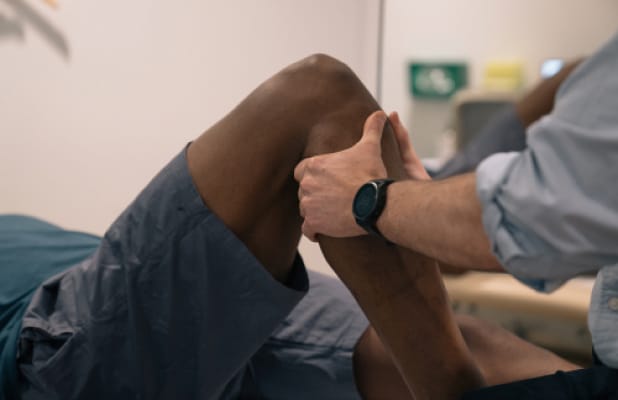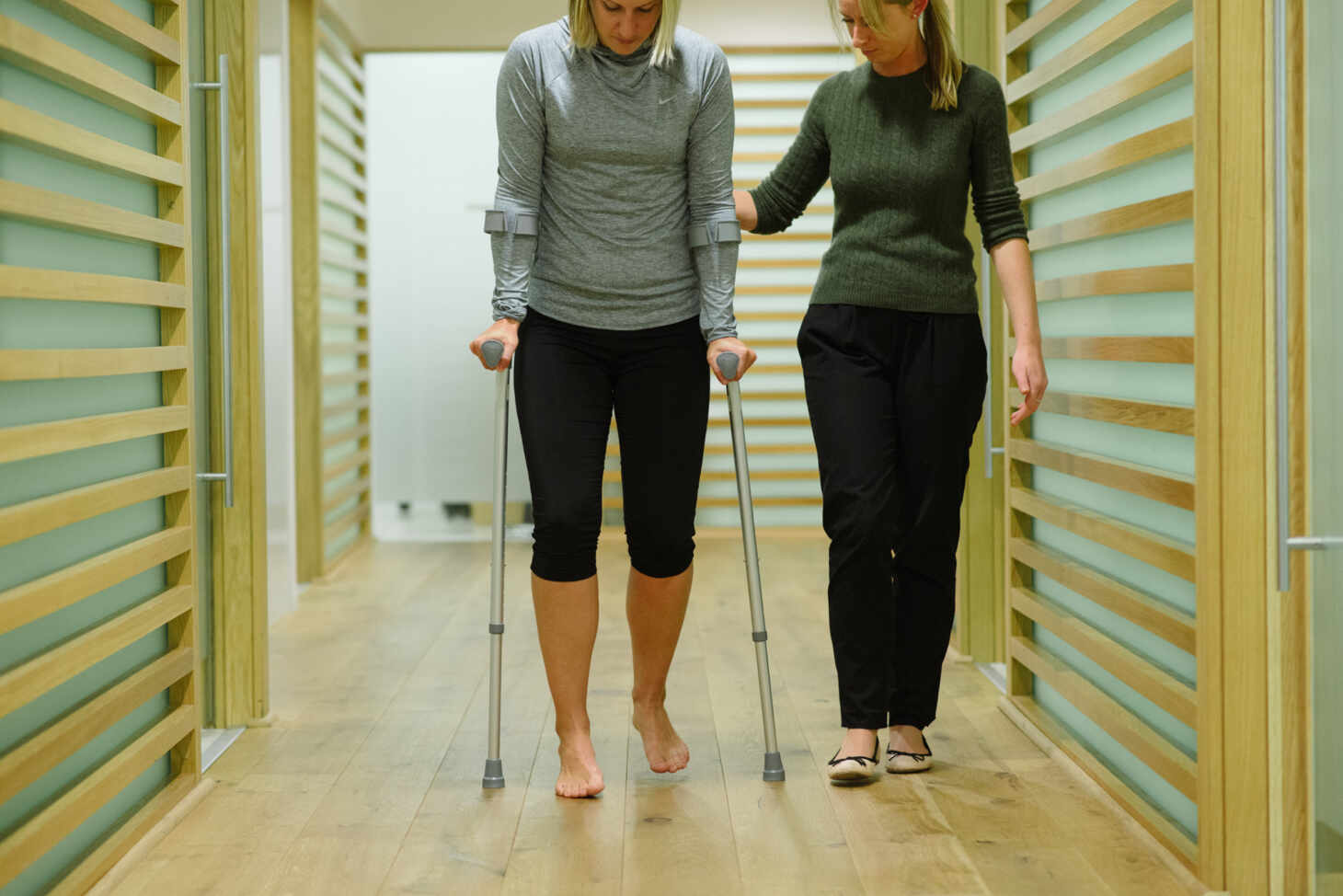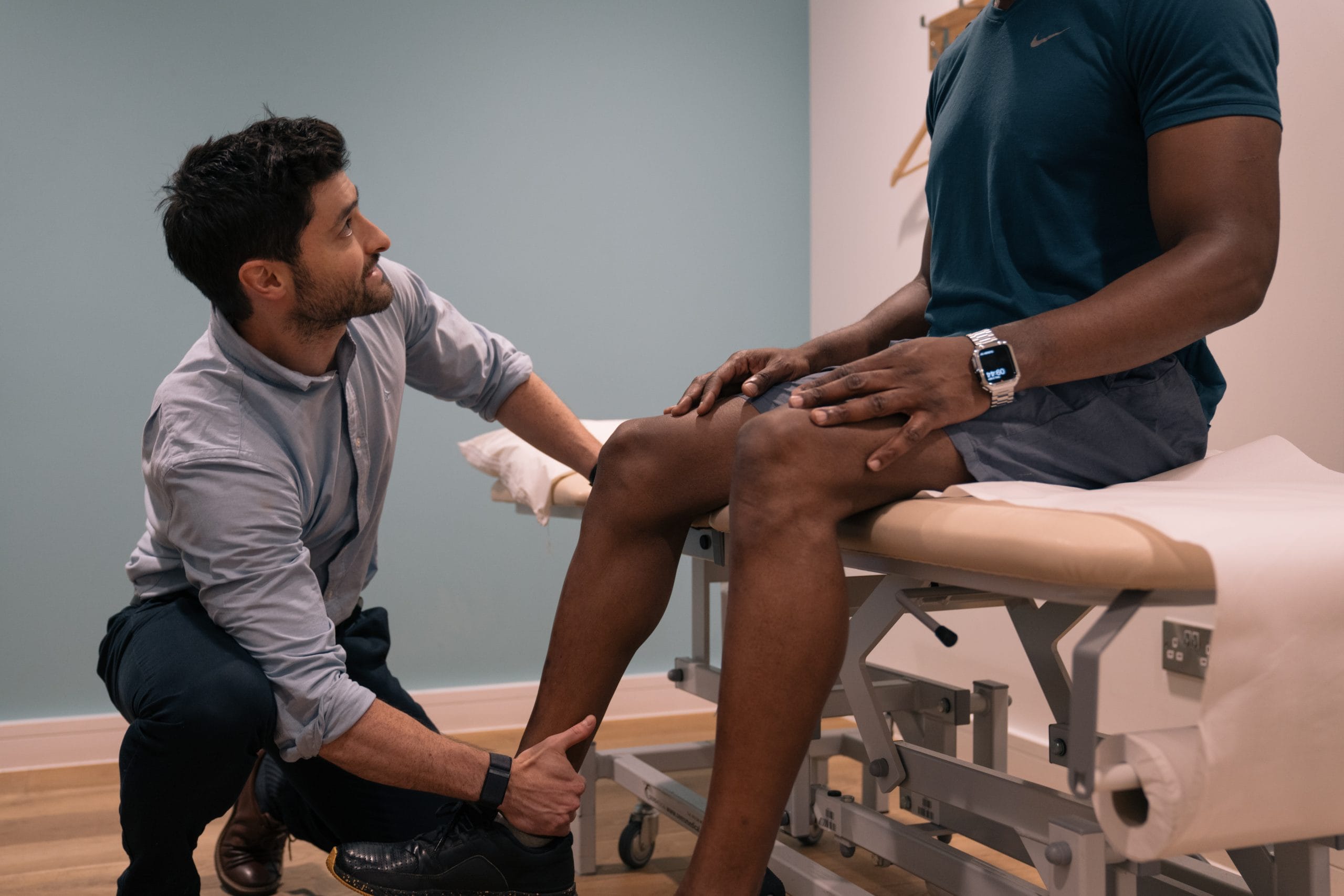Ankle Sprains: Will It Really Be Fine?

Claire Small
Chief Clinical Officer & Consultant Physiotherapist
- 3 April, 2020
- Lower Limb
- Podiatry
- 3 min read
Ankle Sprains: Will It Really Be Fine?
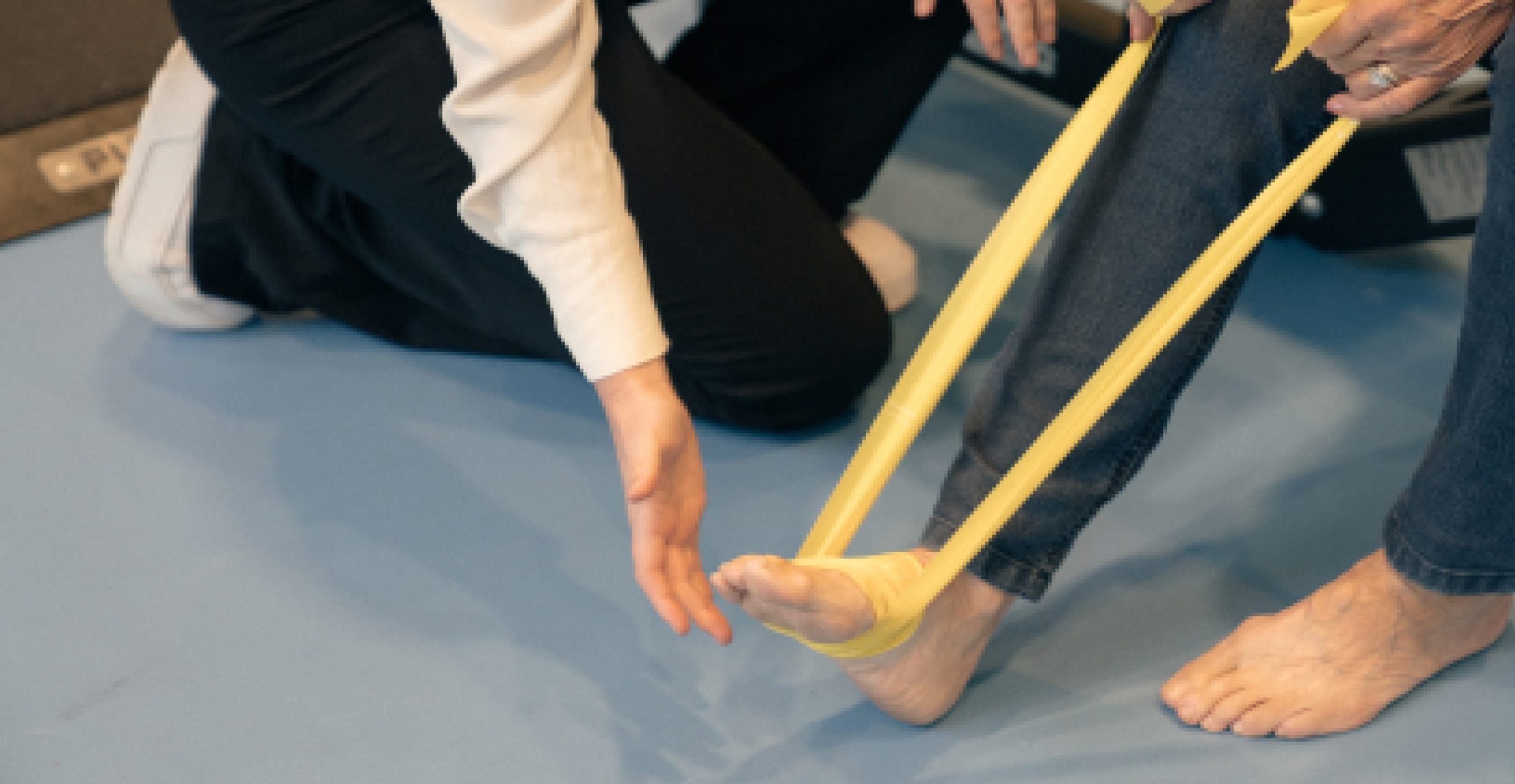
In 2019 I had the pleasure of writing my MSc thesis on ankle sprains, I am sure all my patients are sick of hearing about it! But I also suffered one myself recently. I was out walking my dog and while walking along the grass I miscued a step and twisted “sprained” my ankle. Hands up who hasn’t done that before, and may I say ouch! I am a keen runner and I wasn’t at my prized best for 3 weeks post injury. Thankfully I have some knowledge about how to manage myself but what about you?
By the very fact that you are reading this I am presuming you have experienced an ankle sprain before or, even better, you have one currently. For which you are not alone. The incidence of ankle sprains in the UK ranges from 2-7 per 1000 person years. Person-time is an estimate of the actual time at risk in years. It is ultimately represented as approximately 70% of the general population have sustained a sprain within their lifetime (Delahunt et al. 2018).
Ankle sprain injuries are associated with significant and often debilitating symptoms such as, pain, swelling reduced function and a significant limitation of movement. Coupled with this there are substantial socio-economic costs in the diagnosis, management, rehabilitation and potential lost working days. In the UK an average of 7 days is lost due to ankle sprains and the total cost of an A&E visit assessment and review would amount to £940.
However, I already know what you’re thinking, “it’s just an ankle sprain, right?”. Well the fact is that there is a culture that surrounds ankle sprains; they are commonly regarded as “innocuous” or “self-limiting” injuries that resolve by themselves. If you have been unlucky enough to attend A&E this is likely the treatment you received as 83% of UK emergency departments treat ankle sprains with simple advice and Rest, Ice, Compression and Elevation rules (RICE).
Gilbreath et al. (2013) found that 70% of first-time ankle sprain patients will go on to develop chronic ankle symptoms, characterized as a number of chronic injury associated symptoms including persistent pain, persistent swelling, feelings of instability, recurring micro injury episodes and ongoing reduced functional capacity (Gilbreath et al. 2013; Delahunt et al. 2018). This development has been attributed to this culture of thinking and a passive approach to treatment RICE. So, what can you do to stop the development of the dreaded “dodgy ankle”?Well there are numerous ways to recover but the most effective method is twofold.
- Manage the acute symptoms
- Rehabilitate the weaknesses
Should you venture into clinic, to have me review your ankle, I will look at a range of functional and physical attributes to ascertain what needs to be worked on such as: range of movement, balance and muscle strength. Exercise capacity is assessed, and we strive to keep you active throughout your rehab. No more nervous runners fearing to be told – ‘No running!’
Coupled with this I provide a range of short-term symptom modifying treatments to help get your foot in the door of recovery (pun intended). This includes manual therapy, massage, taping and a range of helpful tips and advice.
At Pure Sports Medicine we believe in getting things right the first time and as such a plan for your recovery is set out in your first session. The general time frame to recover to 100% is approximately 4-6 weeks, should you stick to the plan, you’ll be back to your best, or in my case, walking the dog in no time!
So, the moral of this story is, don’t wait and see whether you will be one of the 70% of patients who develop chronic ankle symptoms, be pro-active in your recovery and minimise the chances of being a statistic!
References:
Delahunt, E., Bleakley, C.M., Bossard, D.S., Caulfield, B.M., Docherty, C.L., Doherty, C., Fourchet, F., Fong, D.T., Hertel, J., Hiller, C.E., Kaminski, T.W., McKeon, P.O., Refshauge, K.M., Remus, A., Verhagen, E., Vicenzino, B.T., Wikstrom, E.A., and Gribble, P.A. (2018) Clinical Assessment of Acute Lateral Ankle Sprain Injuries (ROAST): 2019 Consensus Statement and Recommendations of the International Ankle Consortium. 52 (20), 1304–1310
Gilbreath, Julie P., Gaven, S.L., Van Lunen, B.L., and Hoch, M.C. (2014) The Effects of Mobilization with Movement on Dorsiflexion Range of Motion, Dynamic Balance, and Self-Reported Function in Individuals with Chronic Ankle Instability. [online] 19 (2), 152–157.
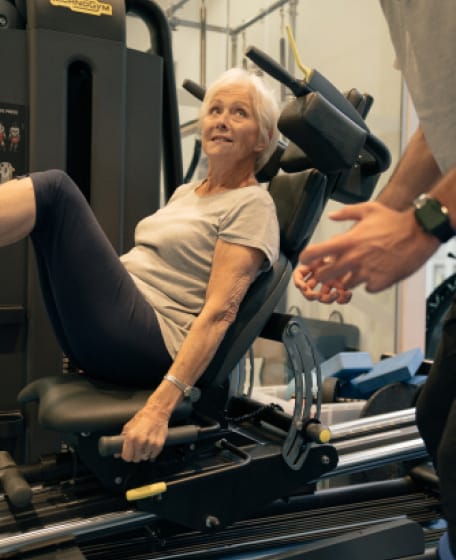
Advice
Over the last 20+ years our experts have helped more than 100,000 patients, but we don’t stop there. We also like to share our knowledge and insight to help people lead healthier lives, and here you will find our extensive library of advice on a variety of topics to help you do the same.
OUR ADVICE HUBS See all Advice Hubs